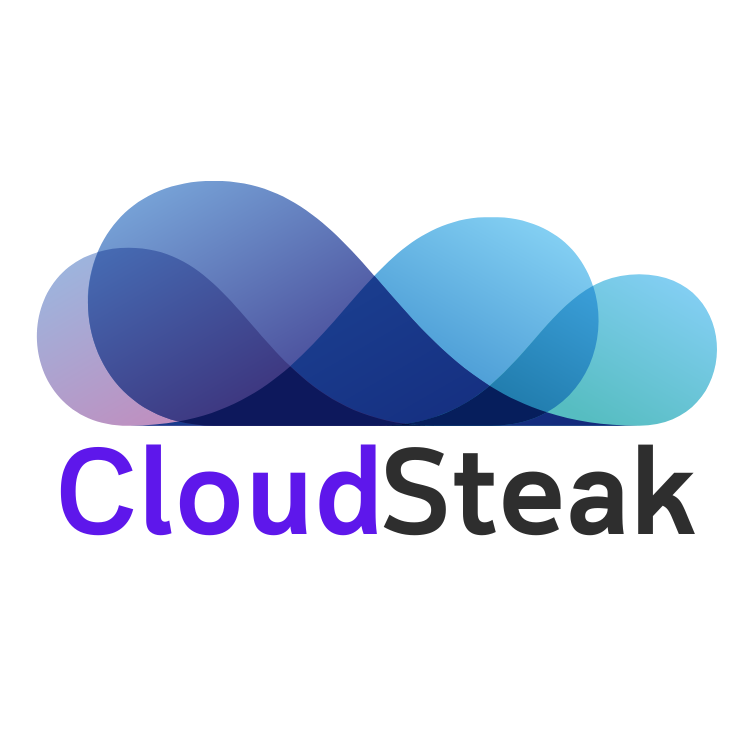Welcome to above the clouds

GCP – Upcoming Webinar: “How to plan your migration the right way”
When you start to consider a cloud migration project, it becomes clear that there are a lot of questions you need to contemplate and answer. Questions like: Why are we considering a migration to the public cloud? What kinds of problems are we trying to solve? What kinds of benefits are we hoping to achieve? […]

AWS – AWS Glue DataBrew now supports numerical format transformations
AWS Glue DataBrew, now supports numerical format transformations including setting decimal precision, customizing thousands separators, and abbreviating large values. With just a few clicks, customers can visually standardize numbers and customize their datasets for specific reporting use cases. Read More for the details.

AWS – AWS Glue DataBrew now supports writing prepared data into AWS Lake Formation based AWS Glue Data Catalog tables
AWS Glue DataBrew now supports writing prepared data from recipe jobs into AWS Lake Formation based AWS Glue Data Catalog S3 tables. With this feature, you can catalog cleaned and normalized data in existing AWS Glue Data catalog tables, and apply AWS Lake Formation permissions and access controls on the data. Read More for the […]

GCP – The Brexit vote: A case study in causal inference using machine learning
In this blog post, we’ll answer the question, “How did the Brexit vote impact exchange rates between the British Pound and US Dollar?” To do so, we’ll use causal inference techniques to estimate the impact of what statisticians call a “treatment,” in this case a policy decision. Please note that this is a technical blog […]

GCP – Verify GKE Service Availability with new dedicated uptime checks
Keeping the experience of your end user in mind is important when developing applications. Observability tools help your team measure important performance indicators that are important to your users, like uptime. It’s generally a good practice to measure your service internally via metrics and logs which can give you indications of uptime, but an external […]

GCP – Solving Banking challenges with highly personalized investment recommendations using AI
Data science is one of today’s key priorities for finance industry leaders. Data Scientists harness knowledge to draw meaning from data, to turn data into information, and to translate information into practical insights that will bring a better understanding of how to gain customer loyalty, minimize churn, and grow revenue. In this blog post we […]

GCP – A technical solution producing highly-personalized investment recommendations using ML
Developed by SoftServe with the use of Google Cloud, the Investment Products Recommendation Engine (IPRE) is a solution designed to tackle common retail banking customer investment challenges. In particular, it makes investment recommendations based on BigQuery ML model capabilities. Big data pipelines are utilized to process investment data. The environment setup is automated with the […]

GCP – Partner Advantage two-year read out!
Last month marked the two-year anniversary of Google Cloud Partner Advantage. I want to thank our fast-growing ecosystem of global partners for their hard work, imagination, and energized commitment, and to reflect on how much we’ve accomplished together. In 2019, we kicked off by building a multi-year action plan together with partners, added some innovative […]

AWS – Announcing S3 Transfer Manager Preview release in the AWS SDK for Java 2.x
The Transfer Manager for the Amazon Simple Storage Service (Amazon S3) is now available in the AWS SDK for 2.x as a Preview release. Using S3 Transfer Manager’s simple API, you can now perform high-throughput uploads and downloads of objects to and from Amazon S3 and benefit from the enhanced throughput, performance, and reliability. Read More […]

GCP – Migrating to Cloud Spanner using HarbourBridge and Data Validation Tool
There has recently been a lot of interest in migrating from existing open source relational databases such as MySQL or PostgreSQL to Google Cloud Spanner to enable horizontal scaling. This type of heterogeneous migration can be complicated, however there are two open source tools that can help: HarbourBridge and the Data Validation Tool. HarbourBridge is […]
